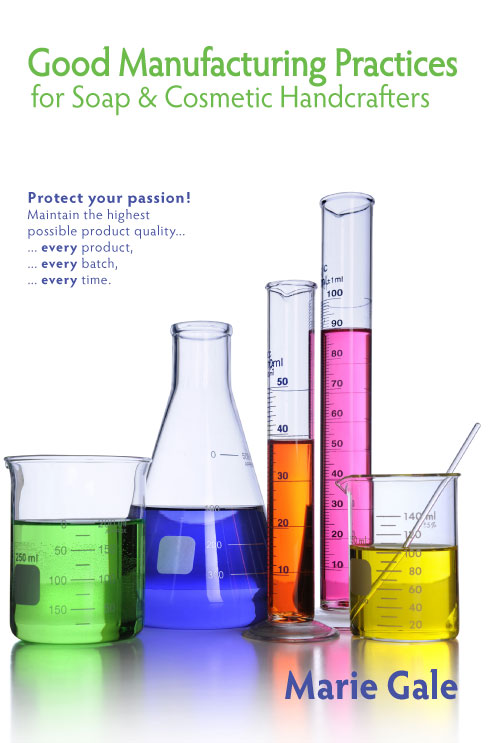I’ve talked in the past about the dangers and pitfalls of making medical claims for soap and cosmetic products. Over and over, handcrafters have asked me: “What’s the worst that could happen?”
Worst Case
Well, the worst-case scenario possibilities are:
- Seizure of one’s products
- Unannounced inspections of one’s facility
- Warning letters
- Shutting down one’s business
- Indictment
- Trial
- Fines
- Imprisonment
An Amish handcrafter named Sam Girod had his products seized (see U.S. Marshals seize unapproved and misbranded drug products fom Missouri distributor), has been indicted by a Grand Jury, and now faces possible fines and jail time if found guilty at trial.
Granted, this man was making claims that his product would cure cancer and then refused (with physical violence) to allow anyone to come into his facility (home) to inspect.
I’m pretty sure that answers the question, “What’s the worst that could happen?”
Much Better Case
On the other hand, it is more likely that if you cooperate with the FDA, make the changes requested to your labels and website, and get Good Manufacturing Practices in place, they will go away and leave you alone. At least for a while.
What To Do:
How do you stay off the FDA’s radar, and how can you be prepared in case they do show up for a surprise inspection?
- Don’t make drug claims for your products or their ingredients.
- Label your cosmetic products correctly including the net weight and ingredient declaration.
- Don’t use unapproved color additives in your cosmetic products.
- Implement and maintain Good Manufacturing Practices.



Leave a Reply